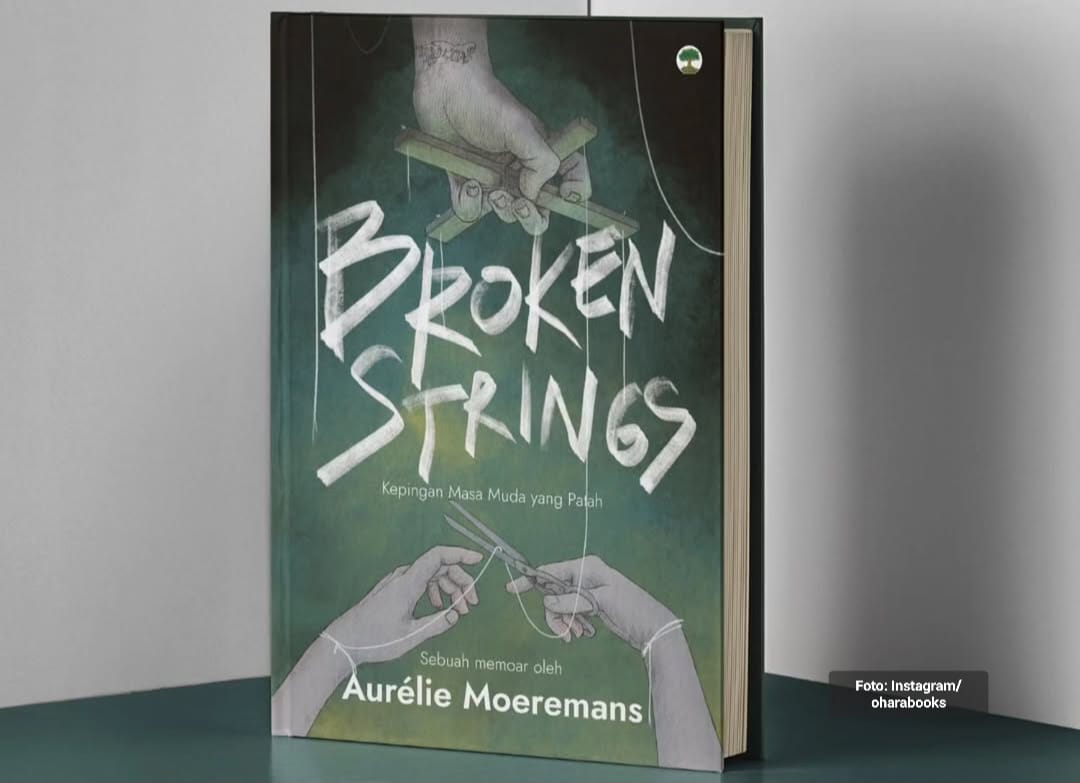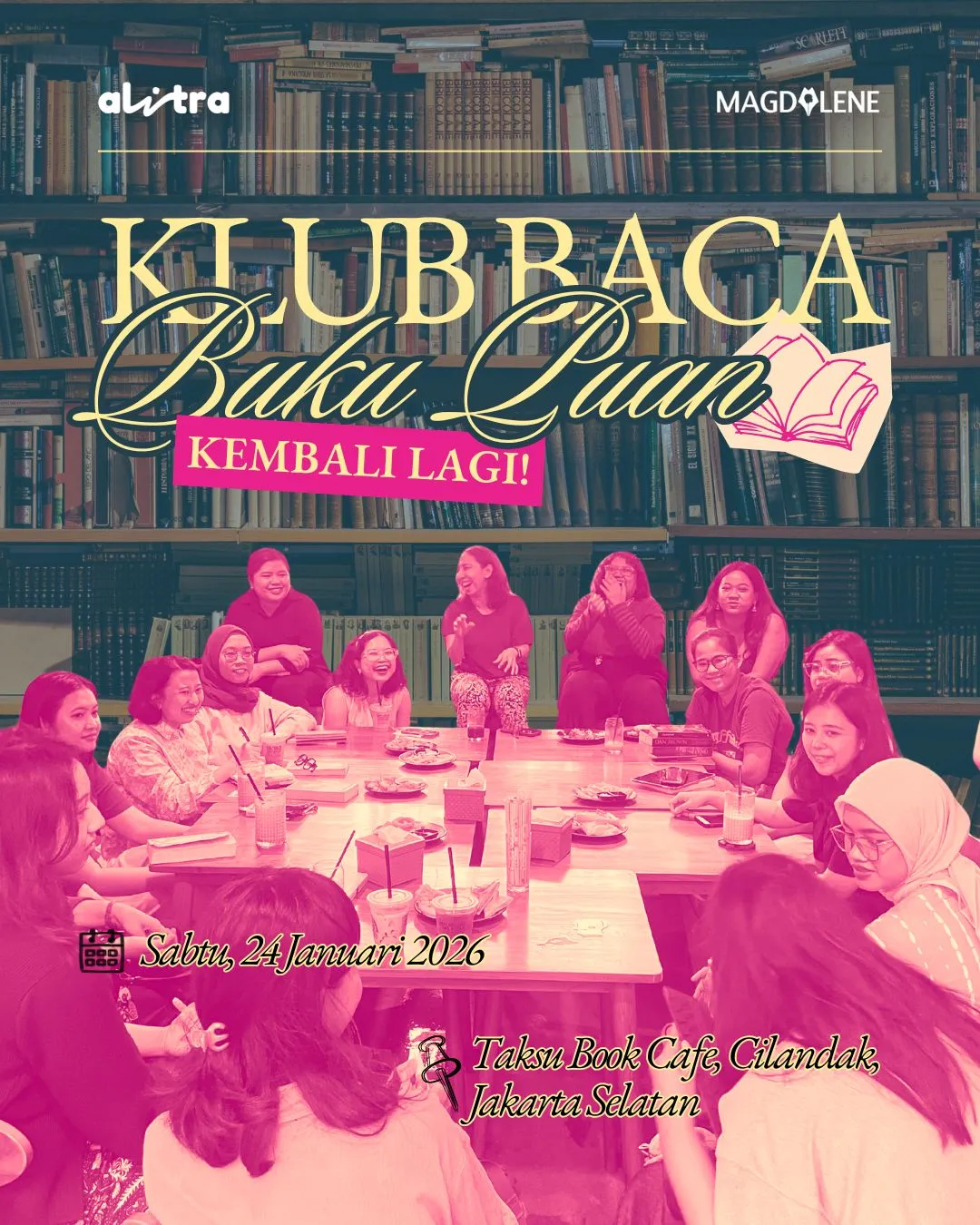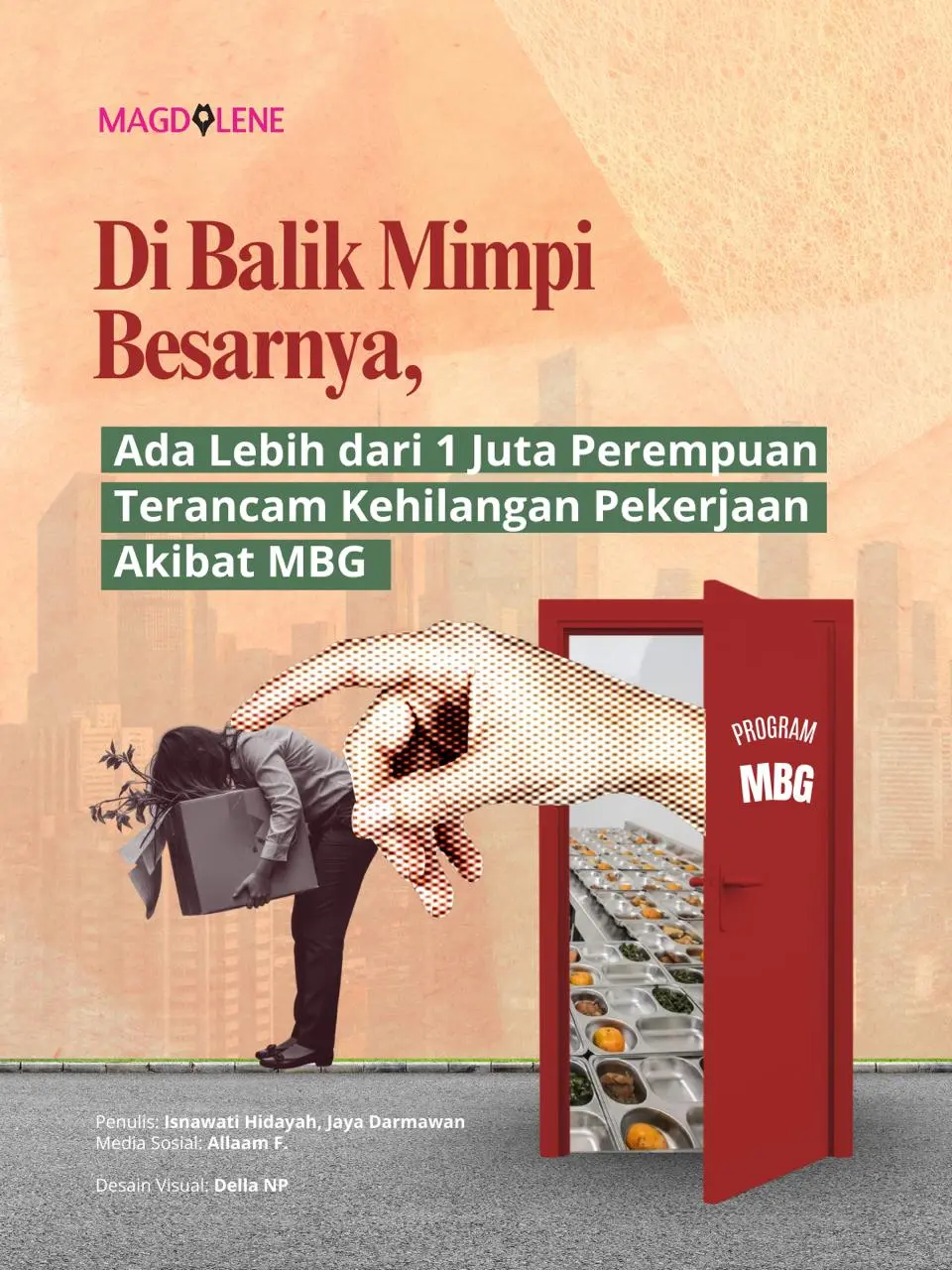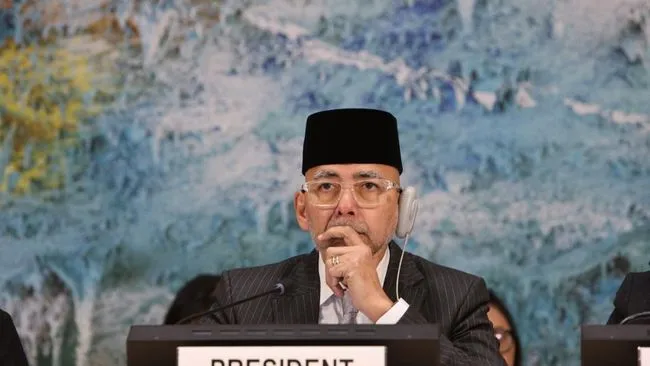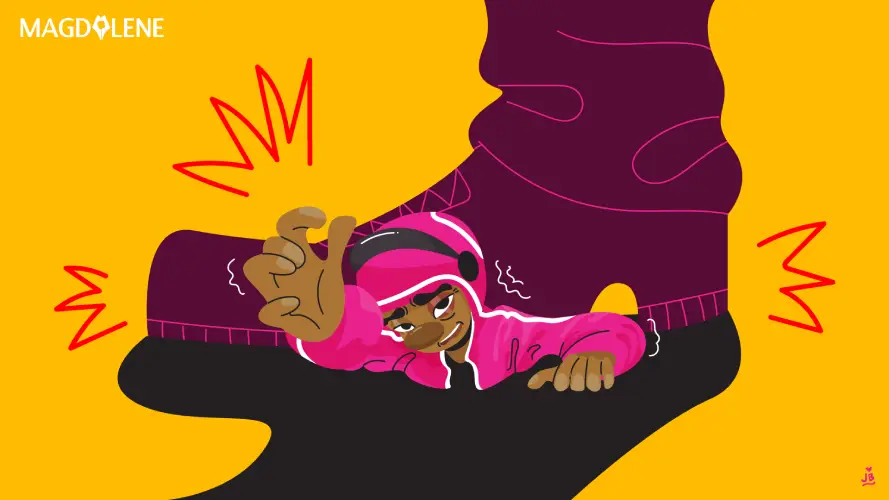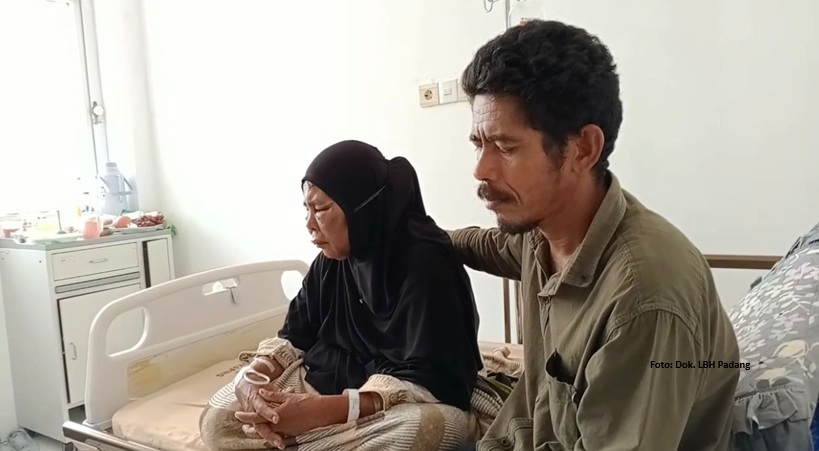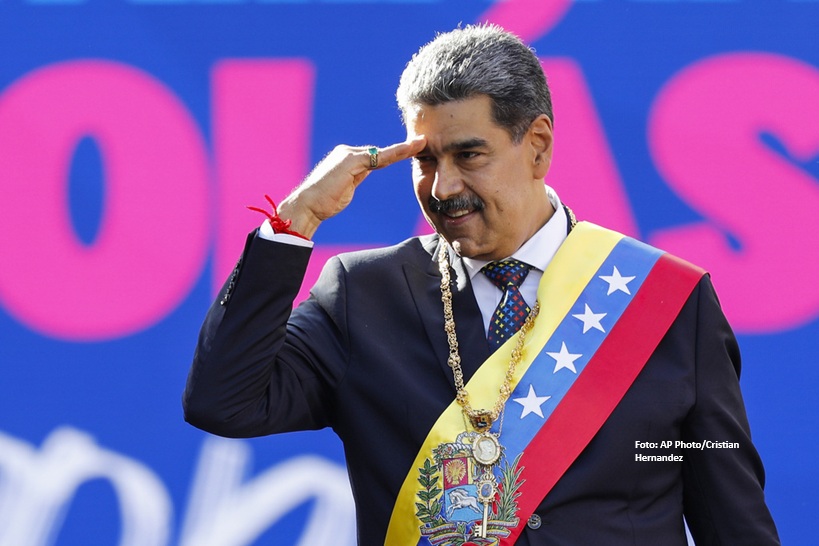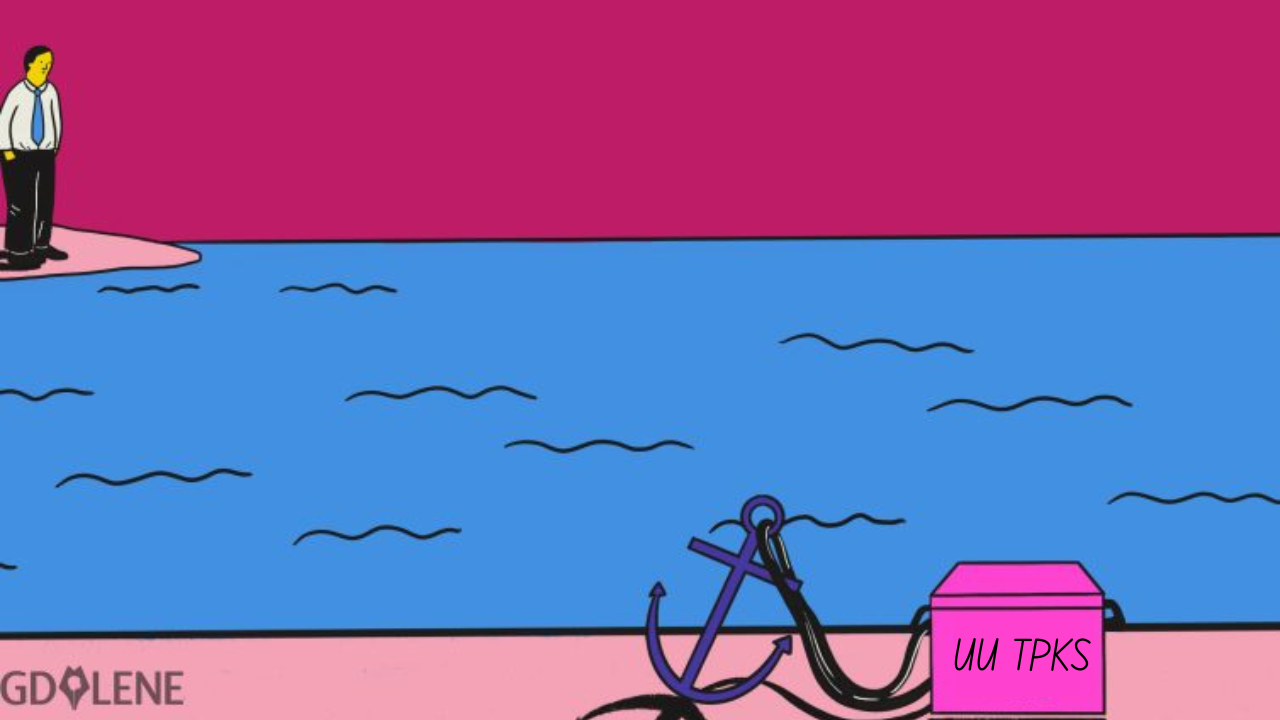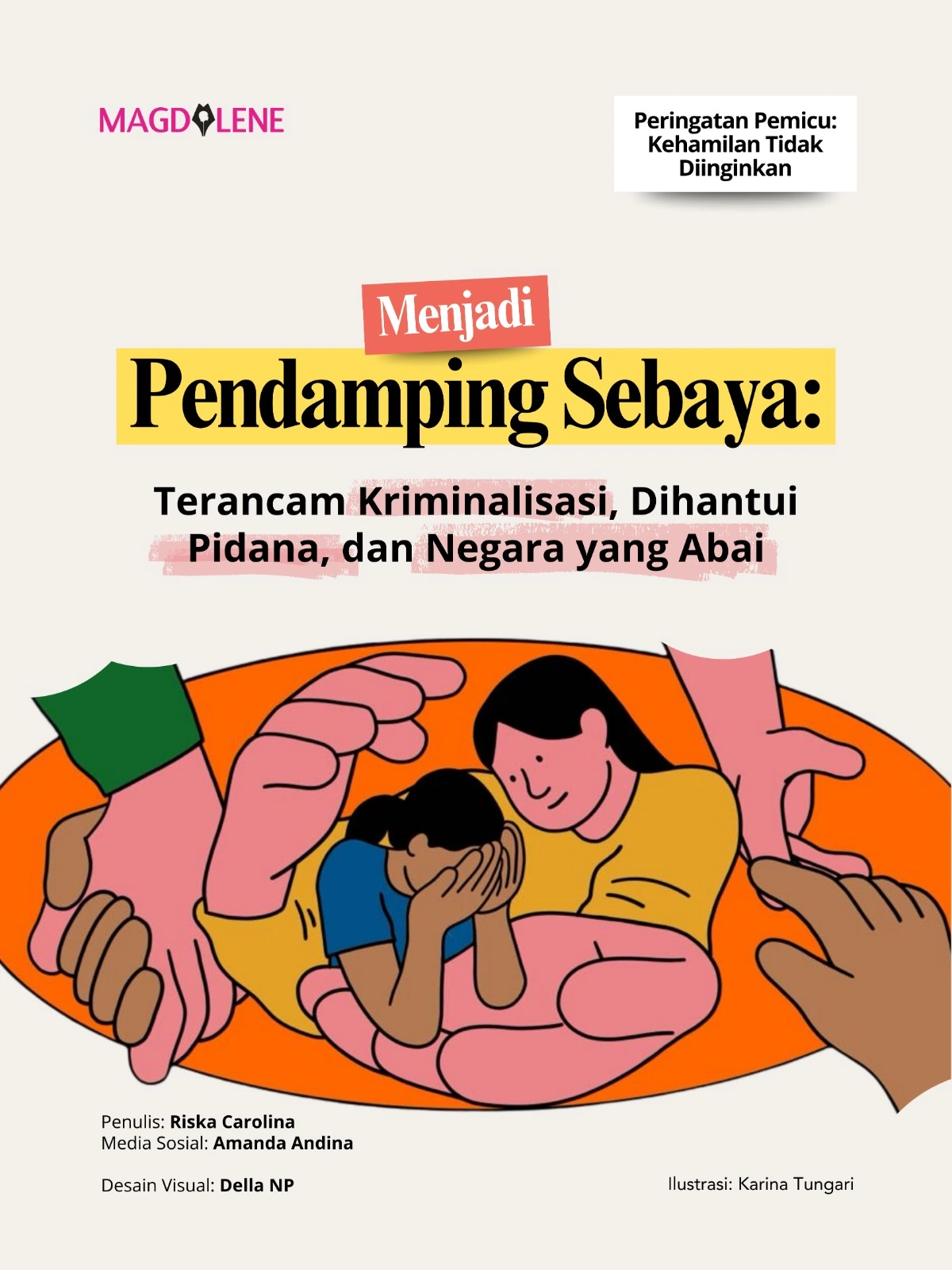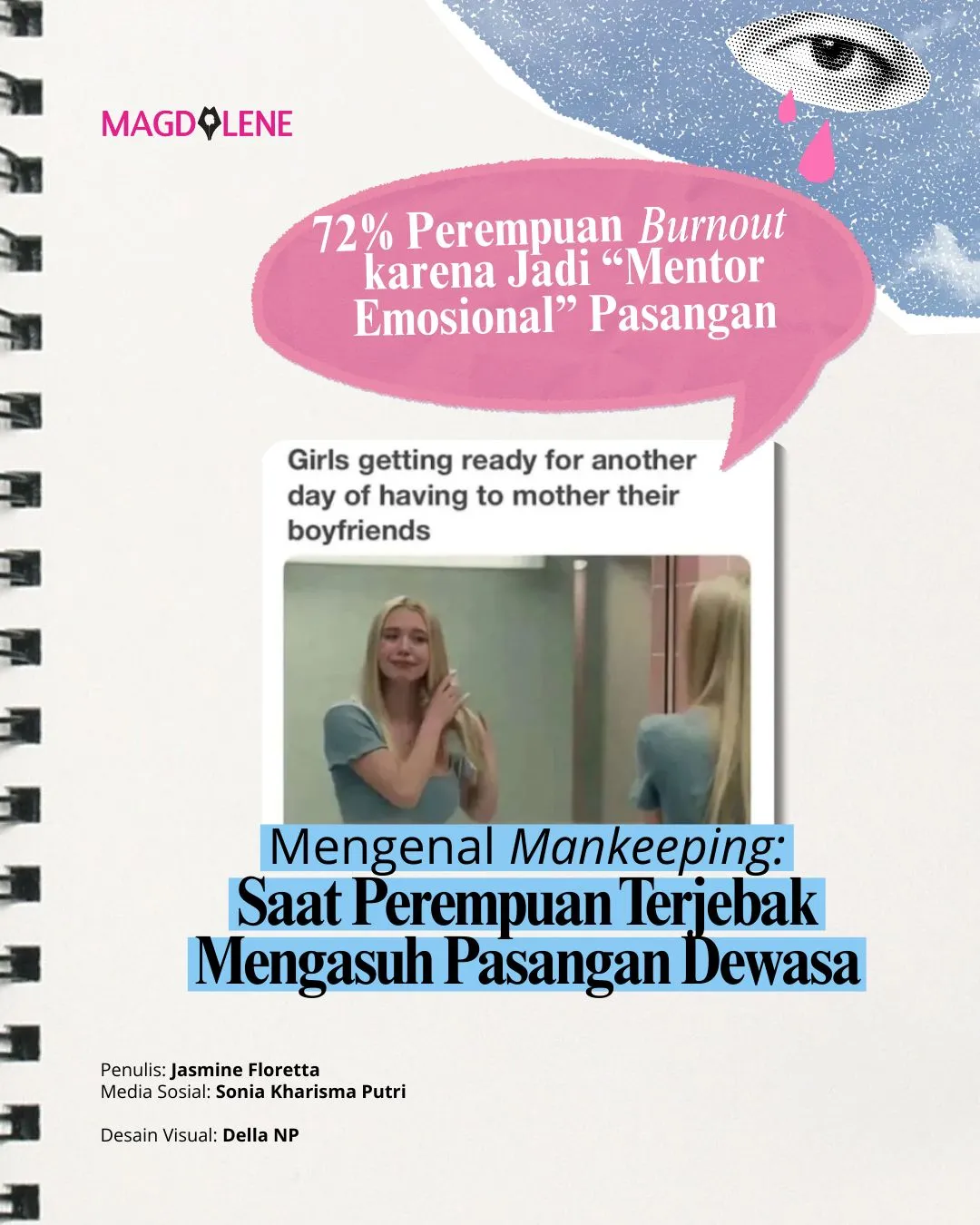For the Love of Indonesian Textiles, The Melting Pot
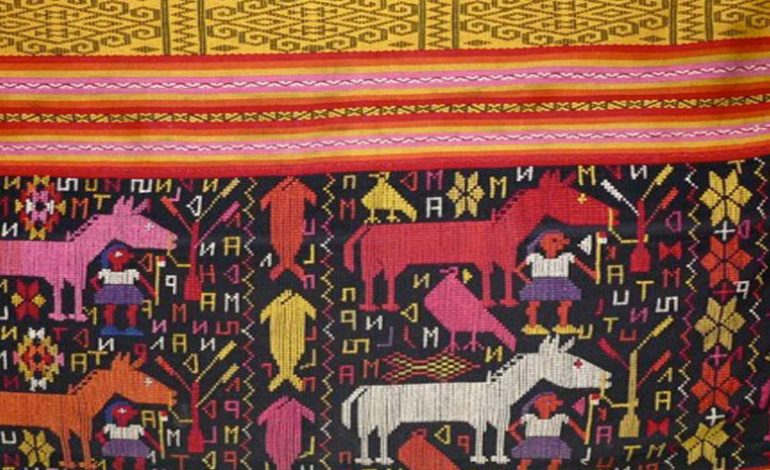
I was so excited when my business partner and I were asked to write about the “depth and varieties of Indonesian textiles” for Magdalene For the past two years, Indonesian textiles have been a daily obsession that has brought me to remote markets, dedicated books and even create my own fashion label and textile blog.
But this excitement soon turned into overwhelming possibilities. Maybe I could write about all the cultural influences that make Indonesian textiles the world’s best in terms of quality and the sophistication of techniques used to make them. Or about how the demand for these textiles for abroad that led to the growth of international trade and the formation of colonial empires. Or would it be better to write about the intricacy and variety of techniques? Or maybe the meaning behind the motifs? And what about weavers? Or batik? Maybe it would be better to write about the cultural uses.
There are so many topics to write about Indonesian textiles that I was about to throw in the towel. I had so many things to say, but at the same time, I didn’t know what to write. And all this even when I have a personal blog about Indonesian textiles!
I started my research when, two years ago, I discovered that the world of Indonesian traditional textiles was much bigger than the internationally famous batik. Over this period of time I’ve learned a lot about techniques, meanings, motifs, dyes and cultures, but I guess that when you really start studying something in depth, you realize that the more you learn, the more you don’t know. One thing I now know for sure though: the “depth and variety of Indonesian textiles” are enormous!
A couple of years ago, during a fashion design course I did in Jakarta, I realized I had somehow become known as a “textiles expert” amongst my classmates. How could that be? How could young Indonesians not know about their own, rich textile culture and cannot even distinguish a real piece of batik from a printed cheap imitation? I was quite surprised, but then I remember, that I also don’t know much about traditional Spanish textiles, my own heritage of. I guess that’s how the human mind works – always more interested in the exotic rather than what we see every day. I have to say, though, a quick Google search doesn’t give you the same amount of information when you search for Indonesian textiles.
The variety that can be found here is not found anywhere else. Of course, weaving traditions exist all around the world (people have to dress everywhere!), from beautiful hand loomed pieces from South America, intricate embroideries and lattice work in Europe, block printing techniques in India, delicate tie dyes in Japan and exquisite silk pieces in China.
But none of these countries offer the variety of techniques that we can find in Indonesia. That’s probably down to geography. Indonesia consists of thousands of islands with hundreds of cultures, languages and ethnicities that were once a strategic point of international trade. Due to this, the textiles of the Indonesian archipelago have been influenced by those first traders from China, India, Arabia and Europe, and before them, the Austronesians who introduced the weaving techniques into the archipelago.
Each and every culture that was once here is still visible in every piece of traditional textile. For example, the double warp ikat found in the highly esteemed Tenun Gerinsing from Bali is a variation of the Indian Patola that arrived in Indonesia in the 16th century. The motifs found in some batik tulis are inspired by European designs, as during the Colonial period some European women were making batik and adapting traditional designs to Dutch. Another example is the presence of butterflies and dragons in some batik pieces that are influenced by Chinese culture.
The list goes on and on. But at this point, the benefits of a melting pot society in the formation of a richer culture should be obvious, I hope. Maybe it’s because I’m half bule (caucasian), but I feel that this melting pot of cultures is something we need to remember and celebrate. After all, it’s because of these influences that Indonesian traditional textiles now represent the zenith of the world’s handmade textiles.
The palpable beauty of Indonesian textiles has attracted collectors within Indonesia and all over the world. We cannot ignore, however, that the modernization of society and changes to the way we live have diminished the number of skillful artisans dedicated to the development of traditional forms of textile production.
Luckily, many people are still dedicated to the promotion and continuation of this ancient art. To all of them, to all the researchers, the collectors, designers, artisans and the many admirers, I’d like to express my deep gratitude, for the present and for the future of Indonesian traditional textiles. For keeping them alive.
Dewi Cristina is an Indo-Spanish gado-gado, a textile lover, a sewaholic and the co-founder of Dorotea Gale. Obsessed with traditional Indonesian textiles, she can’t avoid but live her life among them.



